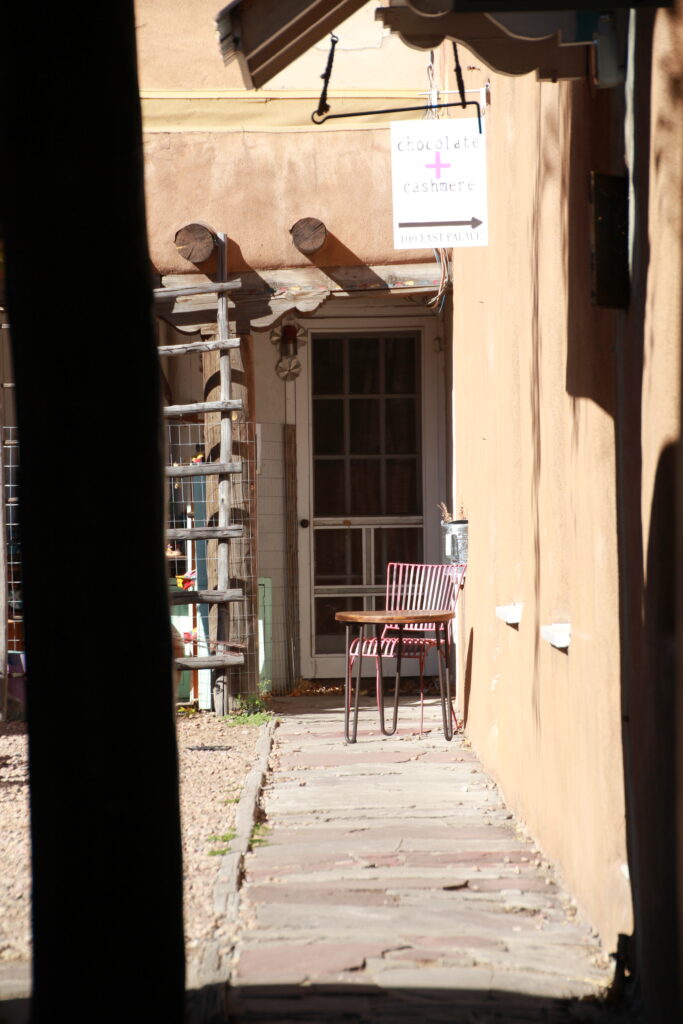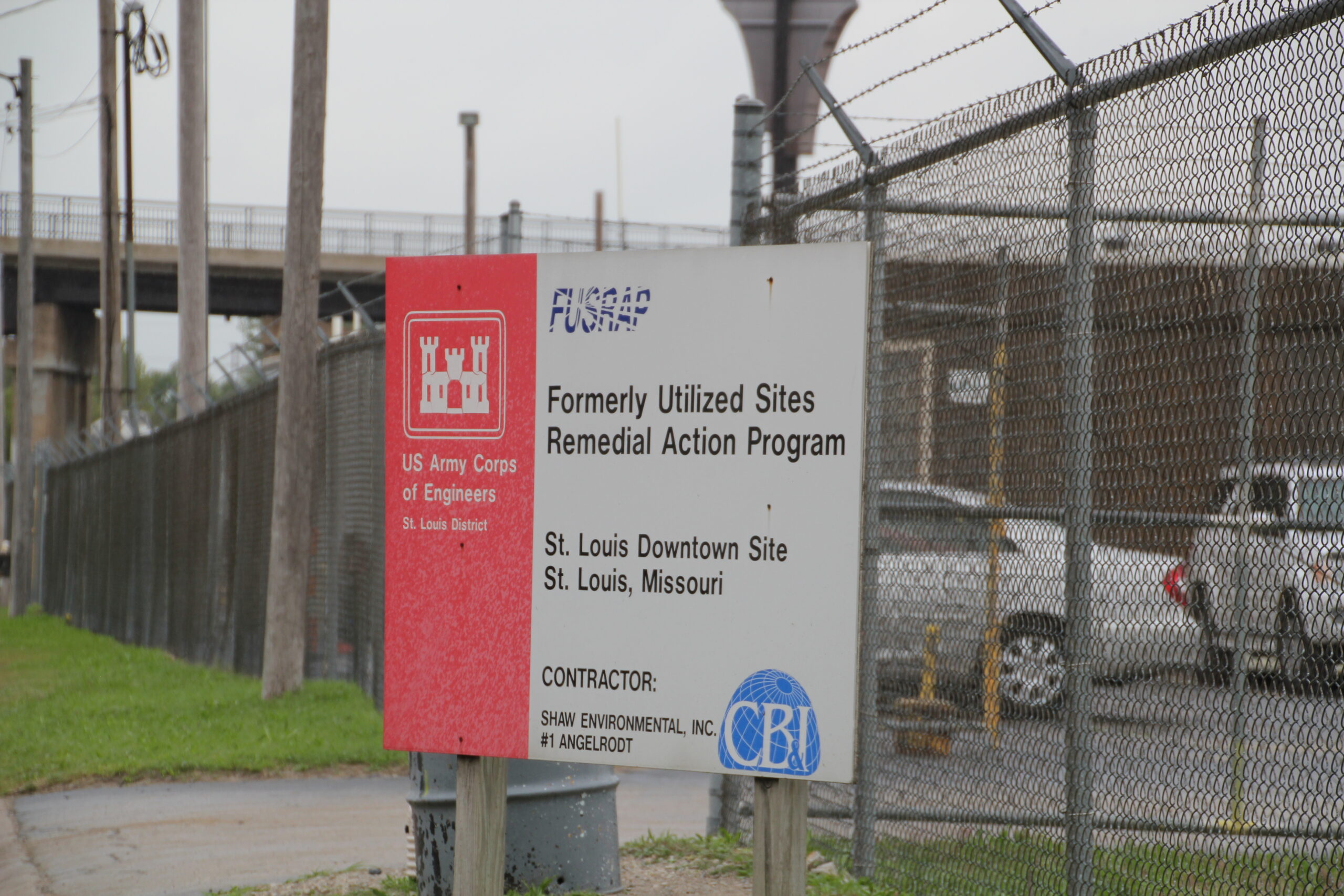
In a nondescript arcade of shops in Santa Fe, New Mexico, was the unassuming front face of the Manhattan Project for Los Alamos and the Hill: 109 E Palace.
Dorothy McKibbin, the “Gatekeeper to Los Alamos,” would process each of the scientists and families and keep the overwhelming secretarial work in order, essentially ensuring the top-secret access to Los Alamos.


The entrance to the old offices was off the patio, in back, where men and women entered through the alleyway, and the townsfolk never saw them come out. They were whisked away out the back and spirited to Los Alamos.


Today, the building has been rezoned and numbered, and the current 109 E Palace is a chocolatier with an entrance on the street.



Go to the back of the courtyard to see the historical marker. And don’t forget to visit the Los Alamos History Museum to see the original door, history, and a tribute to Dorothy McKibbin.













